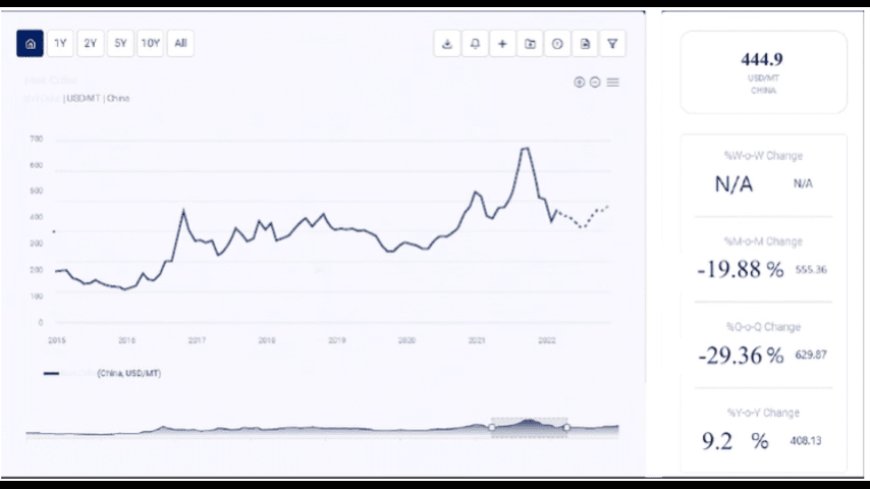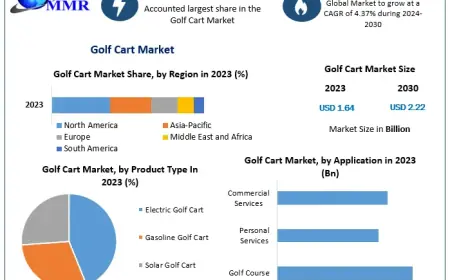Peppermint Oil Price Trend Analysis
Peppermint Oil Price Trend Analysis

Peppermint oil is a versatile essential oil extracted from the leaves of the peppermint plant (Mentha x piperita). It is widely used across various industries, including pharmaceuticals, cosmetics, food and beverages, and aromatherapy. Peppermint oil price trend analysis is subject to fluctuations influenced by numerous factors, including supply and demand dynamics, geopolitical events, production costs, and technological advancements. This comprehensive analysis delves into the current trends and future projections for peppermint oil prices, providing valuable insights for businesses, investors, and policymakers.
Global Production and Consumption Patterns
Understanding global production and consumption patterns is crucial for analyzing peppermint oil price trends. Major producers of peppermint oil include the United States, India, and China, with the U.S. being one of the largest producers and exporters.
-
Production Trends:
- United States: The U.S. produces high-quality peppermint oil, particularly in states like Oregon, Washington, and Idaho. The production levels are influenced by agricultural practices, weather conditions, and market demand.
- India: As a significant producer, India’s peppermint oil production is impacted by the monsoon season, agricultural policies, and domestic demand.
- China: China also contributes significantly to global peppermint oil production. Changes in agricultural practices and industrial demand in China can affect global supply.
-
Consumption Patterns:
- Pharmaceuticals: Peppermint oil is used for its therapeutic properties in various pharmaceutical products, including digestive aids and topical pain relievers.
- Cosmetics and Personal Care: Its refreshing and cooling properties make peppermint oil a popular ingredient in cosmetics and personal care products.
- Food and Beverages: Peppermint oil is used as a flavoring agent in food and beverages, including candies, chewing gum, and tea.
- Aromatherapy: The oil’s aromatic properties are widely utilized in aromatherapy for its calming and invigorating effects.
Enquire For Regular Prices: https://www.procurementresource.com/resource-center/peppermint-oil-price-trends/pricerequest
Factors Influencing Peppermint Oil Prices
Several factors influence the price of peppermint oil, ranging from supply and demand dynamics to geopolitical events and production costs.
-
Supply and Demand:
- Supply: The availability of peppermint oil is influenced by production yields in key producing countries. Factors such as weather conditions, pest infestations, and changes in agricultural practices can impact supply levels.
- Demand: The demand for peppermint oil is driven by various industries. Economic slowdowns or growth in these sectors can cause significant changes in demand, affecting prices.
-
Geopolitical Events:
- Trade Policies: Tariffs, trade agreements, and sanctions can affect international trade flows and pricing. For example, trade tensions between major economies can disrupt supply chains, leading to price volatility.
- Global Events: Events like the COVID-19 pandemic have previously impacted production and demand for peppermint oil, leading to price fluctuations.
-
Production Costs:
- Raw Materials: The cost of raw materials, such as mentha leaves used in producing peppermint oil, affects overall production costs. Fluctuations in the prices of these raw materials can lead to corresponding changes in peppermint oil prices.
- Energy Costs: Energy costs for processes like steam distillation, used to produce peppermint oil, play a crucial role in determining the final price of the product.
-
Technological Advancements:
- Extraction Techniques: Innovations in extraction techniques can improve yield and reduce production costs, influencing the price of peppermint oil.
- Sustainable Practices: Adopting sustainable agricultural and production practices can affect the cost structure and pricing of peppermint oil.
Current Trends in the Peppermint Oil Market
The peppermint oil market is influenced by several current trends, including technological advancements, environmental regulations, and shifts in global trade dynamics.
-
Technological Advancements:
- Automation and AI: The integration of automation and artificial intelligence in production processes enhances efficiency and reduces costs.
- Innovative Products: Development of high-quality, pure peppermint oil and other innovative products caters to evolving market needs.
-
Environmental Regulations:
- Carbon Emission Reduction: Efforts to reduce carbon emissions in agricultural and industrial processes are driving investments in cleaner technologies, altering production costs.
- Sustainable Practices: Emphasis on sustainable and eco-friendly practices is reshaping the peppermint oil industry.
-
Global Trade Dynamics:
- US-China Trade Relations: Trade tensions between the U.S. and China can affect global trade flows and peppermint oil prices.
- Regional Trade Agreements: New trade agreements or changes to existing ones impact market access and competitive dynamics.
Price Trends and Projections
-
Recent Price Trends:
- In mid-2024, the price of peppermint oil in the United States ranged between $18.73 and $31.55 per kilogram. This variation reflects changes in supply and demand dynamics, production costs, and geopolitical factors.
- In India, peppermint oil prices have fluctuated due to high inventory levels and variable demand from end-user industries.
-
Future Projections:
- Economic Recovery: The global economic recovery from recent downturns, including the impacts of the COVID-19 pandemic, will play a significant role in driving demand for peppermint oil. As economies recover, increased consumer spending and industrial activity could boost demand, potentially leading to higher prices.
- Industrial Demand: Growth or decline in the pharmaceutical, food and beverage, and cosmetic industries will directly influence peppermint oil prices. Innovations in product formulations and increased consumer preference for natural products can drive demand in these industries.
- Agricultural Output: The output of peppermint crops in key producing countries will continue to impact supply levels. Changes in agricultural practices, weather conditions, and government policies on agriculture will influence production volumes and, consequently, prices.
- Trade Dynamics: Favorable trade agreements can facilitate smoother trade and stable prices, while trade tensions and tariffs can lead to supply chain disruptions and price volatility.
- Technological Advancements: Innovations in extraction and processing technologies can reduce production costs and improve yield, impacting the price of peppermint oil. Investment in research and development can lead to more efficient production methods, potentially stabilizing prices.
Strategic Considerations for Stakeholders
Businesses and investors need to adopt strategic approaches to navigate the complexities of the peppermint oil market. Here are some key considerations:
-
Supply Chain Management:
- Diversification: Relying on multiple suppliers from different regions can mitigate risks associated with supply chain disruptions. Diversification ensures a more stable supply and can help manage cost fluctuations.
- Long-Term Contracts: Establishing long-term contracts with suppliers can provide price stability and security of supply. This strategy helps in managing costs and planning for future demand.
-
Investment in Technology:
- Efficiency Improvements: Investing in advanced technologies can enhance production efficiency and reduce costs. Innovations in extraction techniques and sustainable practices can lead to cost savings and improved product quality.
- Sustainable Practices: Adopting sustainable practices in production can align with regulatory trends and consumer preferences for eco-friendly products. Sustainable practices can also enhance brand reputation and market positioning.
-
Market Analysis and Forecasting:
- Data-Driven Insights: Utilizing data analytics and market intelligence can provide valuable insights for strategic decision-making. Monitoring market trends, including changes in consumer preferences, industrial demand, and global trade dynamics, can help businesses stay informed.
- Scenario Planning: Preparing for different market scenarios can help businesses and investors stay resilient amid uncertainties. Scenario planning involves considering various potential outcomes and developing strategies to address them.
Conclusion
The peppermint oil market is dynamic and influenced by numerous factors, including supply and demand dynamics, geopolitical events, production costs, and technological advancements. Understanding these factors and staying informed about current trends and future projections is essential for businesses, investors, and policymakers. By adopting strategic approaches and leveraging market insights, stakeholders can effectively navigate the complexities of the peppermint oil market.
What's Your Reaction?
 Like
0
Like
0
 Dislike
0
Dislike
0
 Love
0
Love
0
 Funny
0
Funny
0
 Angry
0
Angry
0
 Sad
0
Sad
0
 Wow
0
Wow
0














































